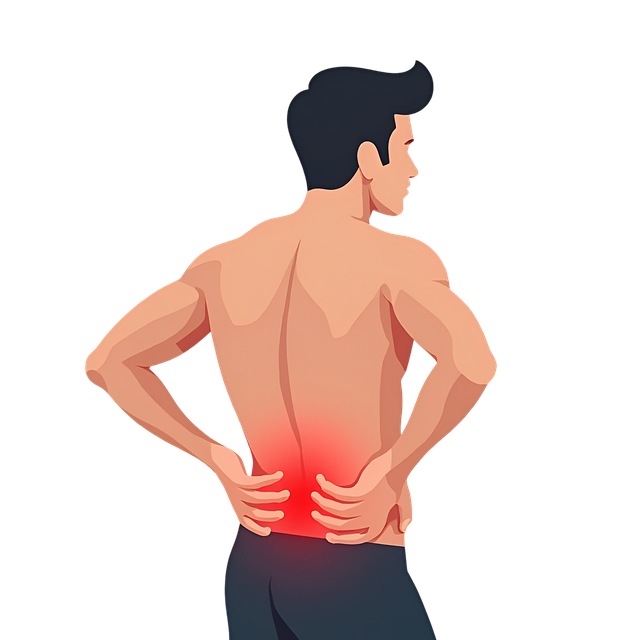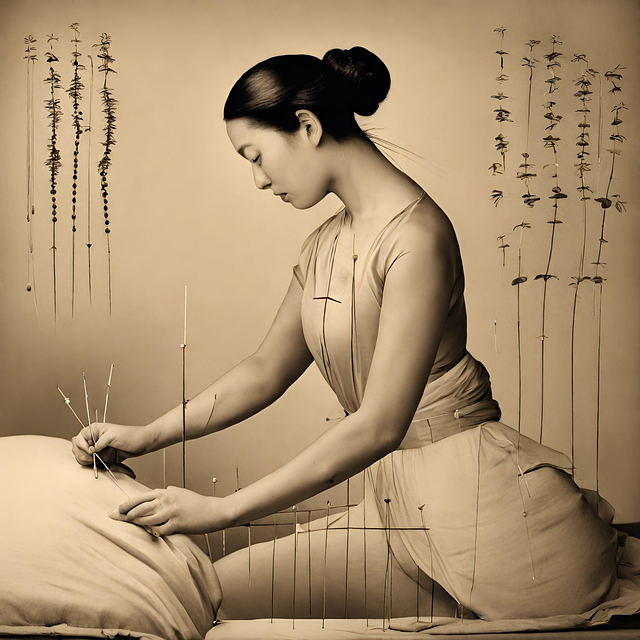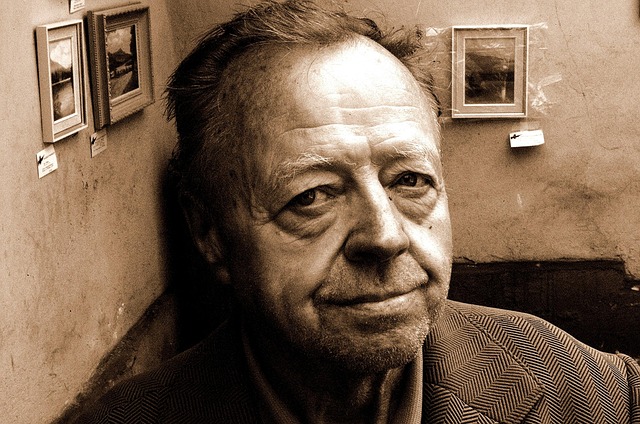Chronic pain, affecting millions globally, is a complex condition lasting over 3-6 months and arising from various causes. It severely impacts daily life with physical and emotional distress, common areas affected including back, neck, joints, and muscles. Acupuncture, an ancient Chinese practice over 2000 years old, offers a drug-free solution for managing chronic pain conditions like back pain, neck pain, migraines, and sciatica by targeting specific body points to reduce inflammation, relieve tension, promote well-being, and release endorphins. Qualifications, training, and personalized treatment plans from licensed acupuncturists are essential for effective chronic pain acupuncture.
Looking for natural, drug-free solutions for managing chronic pain? Acupuncture may be the ancient practice you need for modern relief. This comprehensive guide explores how acupuncture can target back pain, neck pain, and other chronic conditions without pharmaceuticals. From understanding the science behind acupuncture to finding qualified practitioners, discover the benefits of this safe and effective approach to pain management. Learn how an ancient remedy can bring modern relief.
- Understanding Chronic Pain and Its Impact
- Acupuncture: An Ancient Practice for Modern Times
- How Acupuncture Works to Alleviate Pain
- The Benefits of Drug-Free Pain Relief
- Acupuncture for Specific Chronic Conditions
- Finding the Right Acupuncturist and Setting Expectations
Understanding Chronic Pain and Its Impact

Chronic pain is a complex and pervasive condition that affects millions worldwide, impacting an individual’s quality of life significantly. It’s defined as persistent pain lasting longer than 3 to 6 months, often stemming from various sources like injuries, conditions, or even stress. This long-term discomfort can be debilitating, hindering daily activities and causing physical and emotional strain. Back and neck pain are common chronic pain complaints, but it can also manifest in joints, muscles, and other parts of the body.
The impact of chronic pain extends beyond physical symptoms. It can lead to insomnia, fatigue, irritability, and even depression. Many individuals seeking relief turn to non-opioid pain management methods due to concerns over addiction or side effects associated with prescription medications. Acupuncture has emerged as a popular alternative therapy for chronic pain treatment, offering a natural and effective way to manage symptoms. By targeting specific points in the body, acupuncture can help reduce inflammation, relieve tension, and promote overall well-being, providing much-needed relief for those struggling with persistent joint pain or other chronic conditions.
Acupuncture: An Ancient Practice for Modern Times

Acupuncture, an ancient practice that originated in China over 2000 years ago, has evolved to become a modern solution for individuals seeking relief from chronic pain. This traditional method involves inserting thin needles into specific points on the body, known as acupuncture points, to promote natural healing and restore balance. With its increasing popularity, chronic pain acupuncture has emerged as a powerful tool to combat various ailments, including back pain, neck pain, migraines, and sciatica.
In today’s world, where many seek alternative methods for managing pain without relying on medications, acupuncture offers a natural and safe approach. The practice is not just about alleviating symptoms but also addressing the root cause of the discomfort. By stimulating specific points, acupuncture can effectively reduce inflammation, improve blood circulation, and release endorphins, which are the body’s natural painkillers. Whether it’s for managing persistent migraines or reducing sciatic nerve pain, acupuncture has shown promising results in numerous studies, making it a game-changer for those looking to embrace drug-free pain relief alternatives.
How Acupuncture Works to Alleviate Pain

Acupuncture works by stimulating specific points on the body, typically using fine needles inserted into the skin at targeted locations. These points are believed to correspond to various physiological functions and structures within the body, including nerves, muscles, and organs. When a person experiences pain, these acupuncture points can become imbalanced or blocked, leading to discomfort. By carefully placing needles at these points, acupuncturists aim to restore balance and promote natural healing processes.
The insertion of needles triggers a complex series of events in the body. It stimulates nerve endings, which send signals to the brain and spinal cord, releasing endorphins—the body’s natural painkillers. Additionally, acupuncture can modulate how the nervous system processes pain signals, reducing their intensity and impact. This holistic approach makes acupuncture an effective treatment for various conditions like chronic back pain, neck pain, migraine headaches, and sciatica, offering a drug-free alternative for managing joint pain therapy and promoting overall well-being.
The Benefits of Drug-Free Pain Relief

Chronic pain can be a debilitating condition, but turning to drug-free pain relief options like acupuncture offers a safe and effective alternative for many individuals seeking relief from back pain, neck pain, and other persistent aches. Unlike opioids or other medications that may come with a range of side effects and risks of dependence, chronic pain acupuncture focuses on addressing the root causes of discomfort rather than simply masking symptoms. This holistic approach involves inserting thin needles into specific points along energy pathways to stimulate the body’s natural healing response, promote blood flow, reduce inflammation, and alleviate pain.
Acupuncture for non-opioid pain relief has gained significant attention as a game-changer in joint pain therapy. By targeting these acupoints, acupuncture can provide lasting relief from chronic pain conditions without the need for harmful chemicals. It offers a natural inflammation treatment that not only soothes acute pain but also helps manage recurring symptoms, allowing individuals to regain control over their daily lives and move with less discomfort.
Acupuncture for Specific Chronic Conditions

Acupuncture has proven effective for managing specific chronic conditions, including back and neck pain, offering a drug-free alternative to pain relief. This ancient practice targets the body’s natural pain pathways by stimulating specific points along the meridians, promoting the flow of Qi (vital energy). For individuals suffering from chronic pain, such as sciatica or joint pain therapy, acupuncture can be a game-changer.
The treatment focuses not only on alleviating symptoms but also on addressing the root causes of inflammation and discomfort. By regulating nerve impulses and releasing natural painkillers, acupuncture provides lasting relief for many patients. Sciatica acupuncture, for instance, has shown remarkable results in reducing leg pain associated with sciatica, while joint pain therapy can help improve mobility and flexibility in affected areas.
Finding the Right Acupuncturist and Setting Expectations

When considering chronic pain acupuncture as a treatment option, finding the right practitioner is paramount. It’s crucial to look for a licensed and experienced acupuncturist who specializes in pain management. Many practitioners offer consultations before sessions to discuss your specific needs, medical history, and goals, ensuring a personalized approach. Ask about their qualifications, training, and how they tailor treatments for conditions like back pain, neck pain, migraines, or joint pain therapy.
Setting realistic expectations is also essential. Acupuncture isn’t a quick fix; it’s a natural inflammation treatment that requires multiple sessions for optimal results. Some individuals experience immediate relief, while others may need several treatments to achieve lasting benefits. Your acupuncturist will guide you on the expected number of sessions and the potential outcomes, helping you manage your expectations throughout the journey towards pain-free living.
